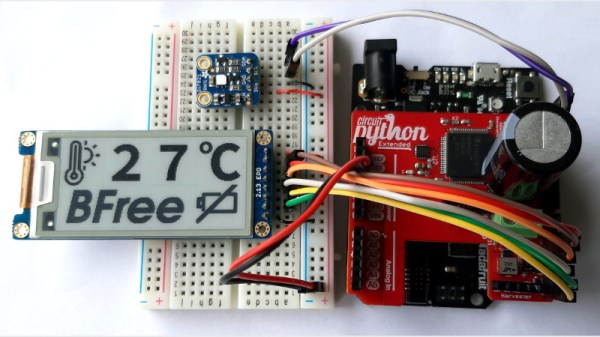Runescape is pushing nearly 21 years old, and while that’s quite a long time for a game to stay active with an engaged userbase, it’s also a long time for people to modify the game in all kinds of colorful ways. For some older games like Team Fortress 2 this means spinning up a bot to ruin servers, but for Runescape the hacks are a little more lighthearted and fun. Like this axe which allows [BigFancyBen] to play Runescape in real life.
This is more of an augmented reality hack which upgrades his normal human interface device from a simple keyboard and mouse to also include this axe. When the axe is manipulated in real life, the in-game axe can be used at the same time. There are a lot of layers to this one but essentially a Switch joycon is connected to the axe to sense motion, which relays the information on axe swings to an API via a Python script. A bot in the game then chops the virtual tree, which is reported back to the API which then reports it back to [BigFancyBen]’s viewscreen which is additionally streamed on Twitch.
While this started off as frustration with the game’s insistence on grinding in order to reach certain objectives, it seems that there are some fun ways of manipulating that game mechanic for the greater good. [BigFancyBen] originally said he would rather go to the gym than “click anymore rooftops” this is quite the start on the full IRLScape world. Don’t forget that it’s equally possible to take this type of build in the opposite direction and control real-world things from inside a video game.

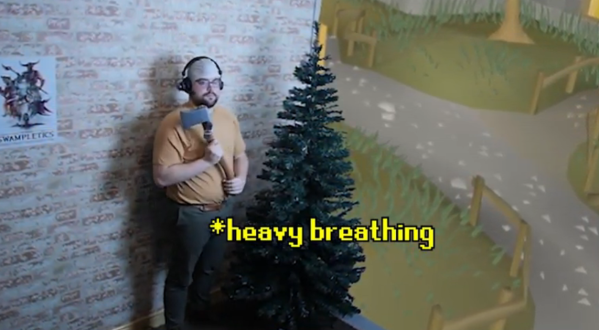
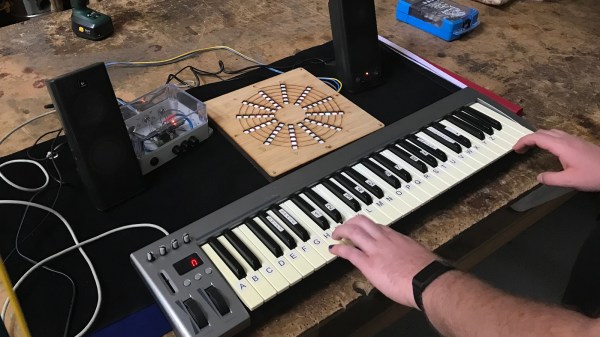
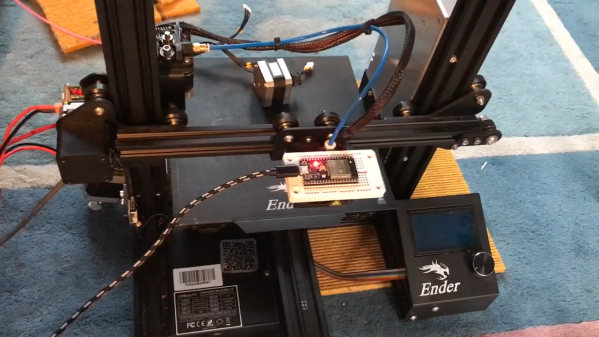
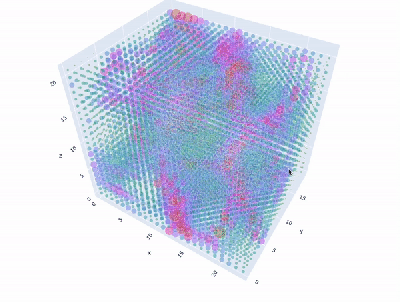 Granted, based as it is on the gantry of an old 3D printer, [Neumi]’s WiFi scanner has a somewhat limited work envelope. A NodeMCU ESP32 module rides where the printer’s extruder normally resides, and scans through a series of points one centimeter apart. A received signal strength indicator (RSSI) reading is taken from the NodeMCU’s WiFi at each point, and the position and RSSI data for each point are saved to a CSV file. A couple of Python programs then digest the raw data to produce both 2D and 3D scans. The 3D scans are the most revealing — you can actually see a 12.5-cm spacing of signal strength, which corresponds to the wavelength of 2.4-GHz WiFi. The video below shows the data capture process and some of the visualizations.
Granted, based as it is on the gantry of an old 3D printer, [Neumi]’s WiFi scanner has a somewhat limited work envelope. A NodeMCU ESP32 module rides where the printer’s extruder normally resides, and scans through a series of points one centimeter apart. A received signal strength indicator (RSSI) reading is taken from the NodeMCU’s WiFi at each point, and the position and RSSI data for each point are saved to a CSV file. A couple of Python programs then digest the raw data to produce both 2D and 3D scans. The 3D scans are the most revealing — you can actually see a 12.5-cm spacing of signal strength, which corresponds to the wavelength of 2.4-GHz WiFi. The video below shows the data capture process and some of the visualizations.


